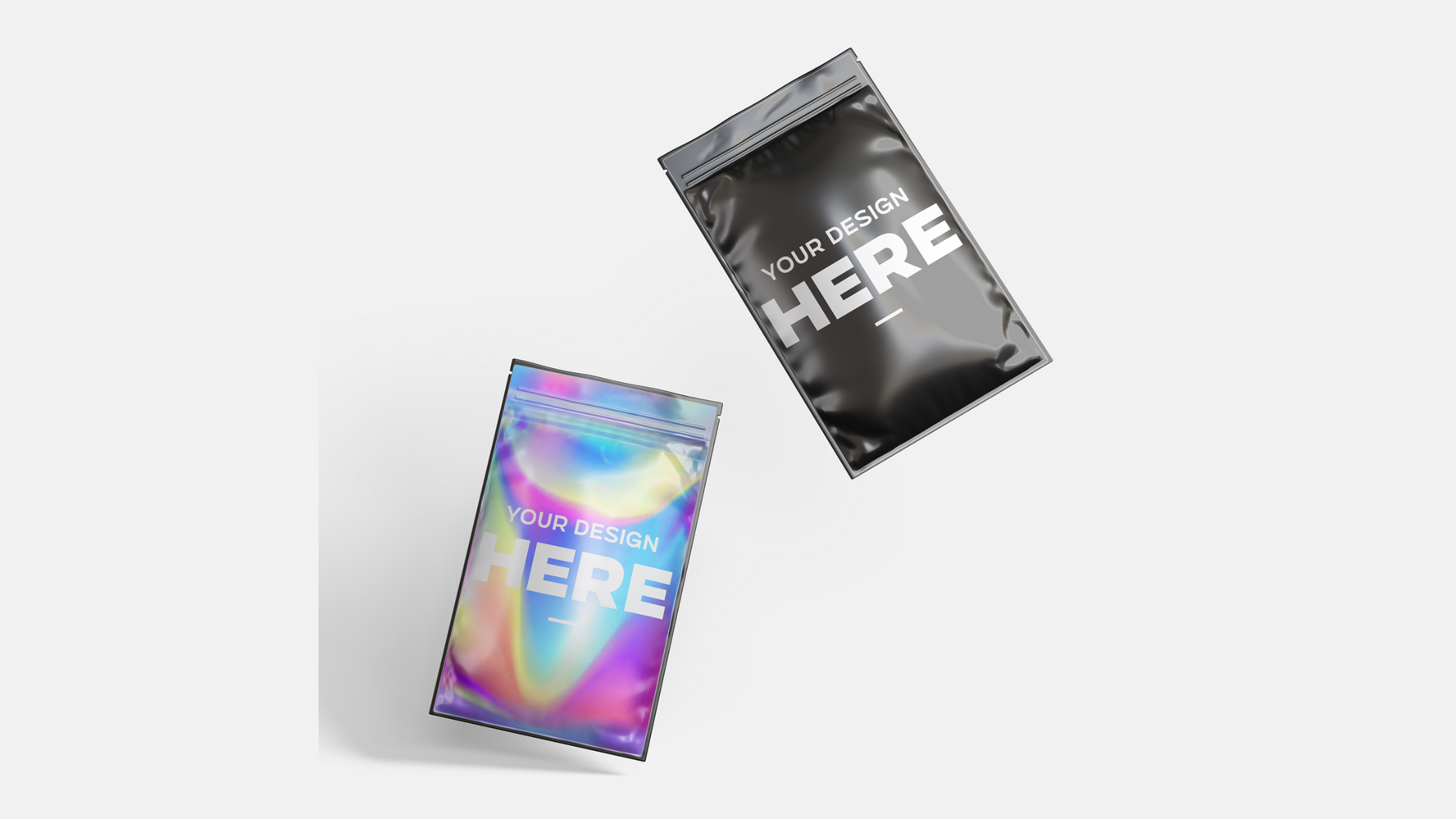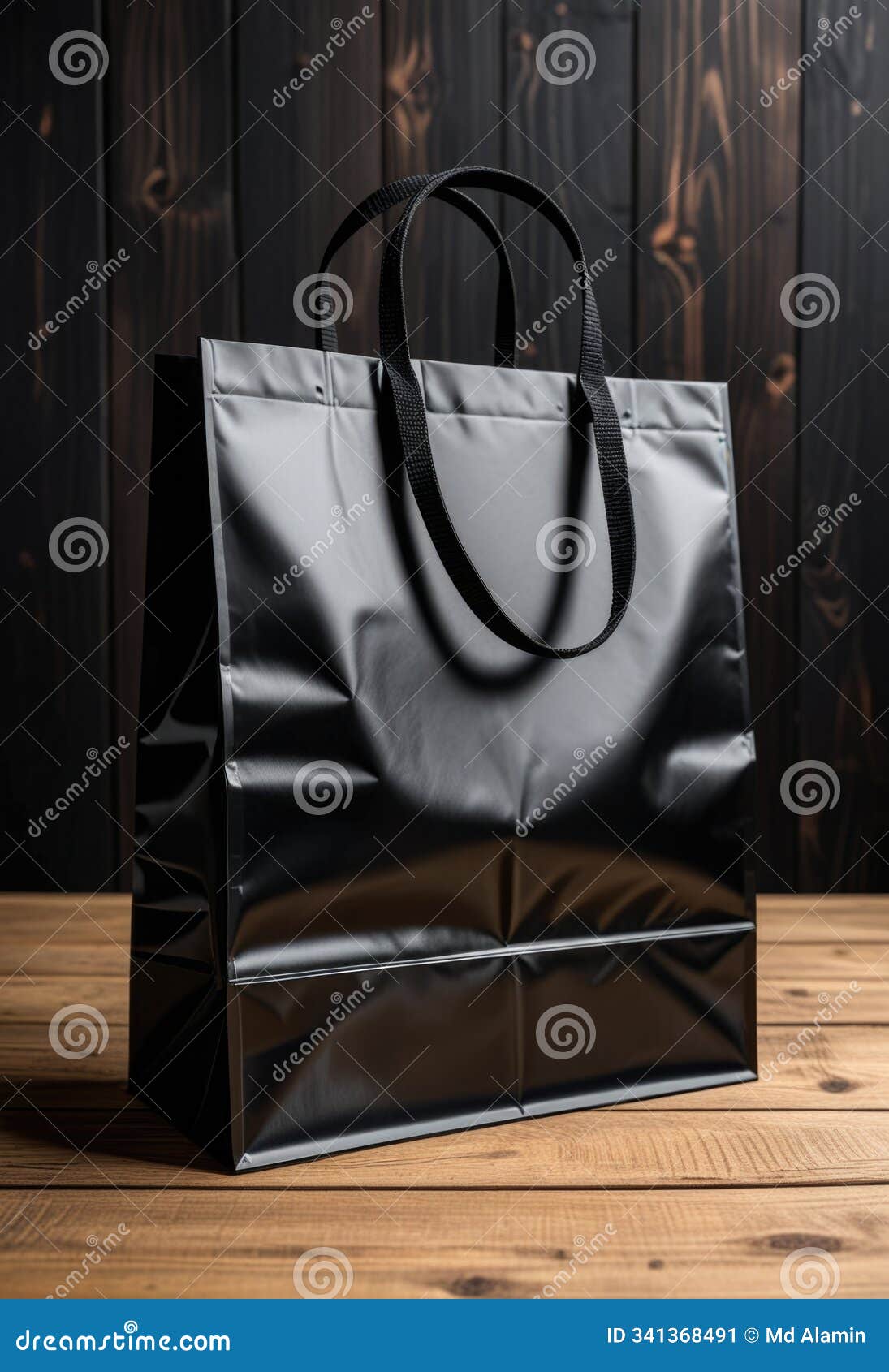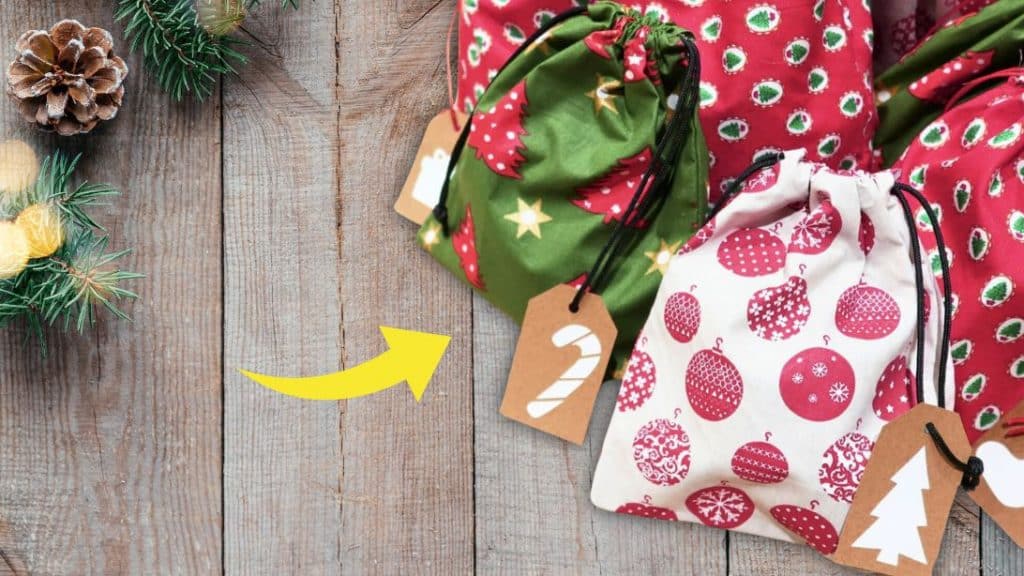Choosing the right gift bag material involves balancing brand identity, budget, and sustainability. Key options include paper, fabric, and eco-friendly choices.

Table of Contents

- Why Your Choice of Gift Bag Material Matters More Than You Think
- What Key Factors Should Influence Your Material Selection?
- A Comprehensive Look at Common Gift Bag Materials
- Elevating Your Brand with Premium and Luxury Materials
- How Do You Make the Final Decision for Your Brand?
Why Your Choice of Gift Bag Material Matters More Than You Think
The material of your gift bag is the first physical interaction a customer has with your product post-purchase. It is a tactile experience that immediately conveys a message about your brand’s quality, values, and attention to detail. A flimsy, generic bag can undermine a premium product, while a thoughtfully chosen, high-quality material can elevate the entire customer experience and reinforce brand prestige.

The “unboxing experience” has become a powerful marketing tool, often shared on social media. A durable, aesthetically pleasing gift bag is an integral part of this ritual. It extends the excitement of the purchase and makes the customer feel valued. This moment is a critical touchpoint for building brand loyalty and encouraging user-generated content, effectively turning your packaging into a silent ambassador for your business.
Furthermore, modern consumers are increasingly conscious of a brand’s environmental footprint. Opting for sustainable and reusable materials demonstrates corporate responsibility and aligns with the values of a growing market segment. The choice to use recycled paper, organic cotton, or other eco-conscious options can be a significant differentiator, attracting customers who prioritize sustainability in their purchasing decisions.
What Key Factors Should Influence Your Material Selection?
Aligning with Brand Identity and Product Value
What does your brand stand for? A rustic, artisanal brand might select brown Kraft paper or jute to reflect its earthy ethos. In contrast, a high-fashion or luxury brand will likely gravitate towards heavy-coated art paper with a matte laminate finish or even fabric options like velvet to communicate sophistication. The packaging material must be a seamless extension of your brand’s story and a worthy vessel for the product it contains. The value of the product inside should be mirrored by the quality of the bag holding it.
Budgetary Considerations: Cost vs. Perceived Value
While budget is a practical constraint, it’s essential to analyze it through the lens of perceived value and return on investment. A slightly higher upfront cost for a more durable or premium material can pay dividends in customer satisfaction and brand perception. Calculate the cost per bag, but also consider the potential for reuse. A sturdy, attractive bag that customers use again and again provides ongoing brand exposure, offering a far greater marketing value than a single-use, disposable alternative.
Durability and Product Protection
The primary function of any packaging is to safely transport a product. Consider the weight, shape, and fragility of the items you sell. Heavier products like glass candles, books, or multiple garments require a material with a higher grammage (GSM) or reinforced construction, such as heavy-duty Kraft paper or durable canvas. The bag’s construction, including reinforced handles and a sturdy base, is just as important as the material itself in ensuring a positive and secure customer experience.
Environmental Impact and Sustainability Goals
Sustainability is no longer a niche concern; it’s a core business consideration. Evaluate materials based on their lifecycle. Is it made from recycled content? Is it recyclable or compostable? Is it durable enough for long-term reuse? Materials like FSC-certified paper, organic cotton, and jute are excellent choices for brands committed to reducing their environmental impact. Clearly communicating these choices to your customers can significantly strengthen your brand’s reputation.
Customization and Printability
How well does a material accept your branding? Different materials offer different printing capabilities. Coated art paper, for example, provides a smooth surface ideal for high-resolution, full-color photographic printing. In contrast, the textured surface of Kraft paper or canvas lends itself well to bold, simple logos, often creating a more organic, artisanal feel. Consider whether you require techniques like foil stamping, embossing, or UV coating, as your material choice will dictate the available finishing options.
A Comprehensive Look at Common Gift Bag Materials
Paper-Based Options: The Versatile Standard
Paper is the most common material for gift bags due to its versatility, cost-effectiveness, and printability. It offers a wide range of options to suit nearly any brand.
Kraft Paper: Known for its strength and eco-friendly appeal, Kraft paper is a popular choice. Brown Kraft offers a natural, rustic look, while white Kraft provides a clean, crisp canvas for branding. It is typically made from virgin wood pulp, making it highly durable and 100% recyclable.
Coated Art Paper: This is a premium paper stock with a clay coating that creates an exceptionally smooth surface. It is the ideal choice for vibrant, multi-color designs, detailed graphics, and photographic images. It is often finished with a matte or gloss lamination for added durability and a luxurious feel.
Specialty Papers: For brands looking to stand out, specialty papers offer unique textures and finishes. This category includes options like linen-textured, pearlescent, or embossed papers that add a tactile and visual element of sophistication right from the start.
Fabric and Textile Choices: Reusability Meets Elegance
Fabric bags signal a commitment to quality and reusability, turning packaging into a desirable product in its own right.
Cotton & Canvas: These materials are celebrated for their durability, softness, and reusability. A branded cotton or canvas tote bag serves as a walking advertisement long after the point of sale. They are perfect for brands with an eco-conscious or casual-luxe identity. Organic cotton options further enhance the sustainability message.
Jute & Burlap: With their coarse, natural texture, jute and burlap bags are perfect for organic, artisanal, or eco-friendly brands. They are exceptionally strong and biodegradable, making them a fantastic sustainable choice that communicates a connection to nature.
Satin & Velvet: For luxury items like jewelry, cosmetics, or lingerie, a soft satin or velvet pouch adds a layer of opulence and protection. These materials create a rich sensory experience, making the unboxing feel special and intimate.
Eco-Conscious and Innovative Materials
Beyond traditional choices, a new generation of materials caters specifically to brands focused on sustainability.
Recycled Paper and FSC-Certified Stock: Using paper with a high percentage of post-consumer recycled content is a straightforward way to reduce environmental impact. Forest Stewardship Council (FSC) certification ensures that the paper comes from responsibly managed forests, providing a transparent and credible sustainability claim.
Non-Woven Polypropylene (NWPP): Often seen in reusable shopping bags, NWPP is a plastic-based fabric that is durable, water-resistant, and can be made from recycled materials. It offers a long lifespan and is a practical choice for functional, frequently reused bags.
Elevating Your Brand with Premium and Luxury Materials
The Sophistication of Rigid Board
For the ultimate structural integrity and a high-end feel, rigid board (often called paperboard or chipboard) is an excellent option. These are not foldable bags but rather box-style bags, often seen used by luxury watch and jewelry brands. They provide superior protection and project an image of uncompromising quality and permanence. They are frequently finished with specialty paper wraps, magnetic closures, and ribbon handles.
The Timeless Appeal of Leather and Faux Leather
For the pinnacle of luxury, consider genuine or high-quality faux leather. This choice transforms a simple gift bag into a keepsake—a durable and reusable tote that extends your brand’s presence long after the initial purchase. It’s an investment in a packaging experience that mirrors the craftsmanship of the product within. At Beldtura Leather, we understand the power of premium materials; our 15 years of expertise in crafting bespoke leather goods for over 500 brands give us a unique perspective on how quality materials create lasting value and an unforgettable brand statement.
How Do You Make the Final Decision for Your Brand?
Selecting the perfect material requires a holistic view of your brand, product, and customer. The ideal choice lies at the intersection of your brand identity, functional needs, and budget. Use the information available to weigh the pros and cons of each option against your specific requirements. A high-end fashion boutique and an organic food market will have very different needs, and their packaging should reflect that.
To simplify this process, consider the following comparison:
| Material | Perceived Value | Durability | Eco-Friendliness | Print Quality | Best For |
|---|---|---|---|---|---|
| Kraft Paper | Moderate | Good | High (Recyclable) | Good (Bold Graphics) | Artisanal goods, eco-conscious brands |
| Coated Art Paper | High | Good (with lamination) | Moderate | Excellent (Photographic) | Fashion retail, cosmetics, electronics |
| Cotton/Canvas | High | Excellent | High (Reusable) | Good | Apparel, high-value goods, promotions |
| Jute/Burlap | Moderate-High | Excellent | Excellent (Biodegradable) | Fair (Simple Logos) | Organic products, homewares, rustic brands |
| Leather/Faux Leather | Very High | Superior | High (Extreme Reusability) | Excellent (Debossing/Foil) | Ultimate luxury, VIP gifting, premium products |
Finally, think about the entire packaging suite. Your gift bag should harmonize with other elements like tissue paper, ribbons, stickers, and tags. A cohesive packaging strategy ensures a memorable and impressive brand experience from the moment a customer receives their purchase, reinforcing their decision to choose you.



